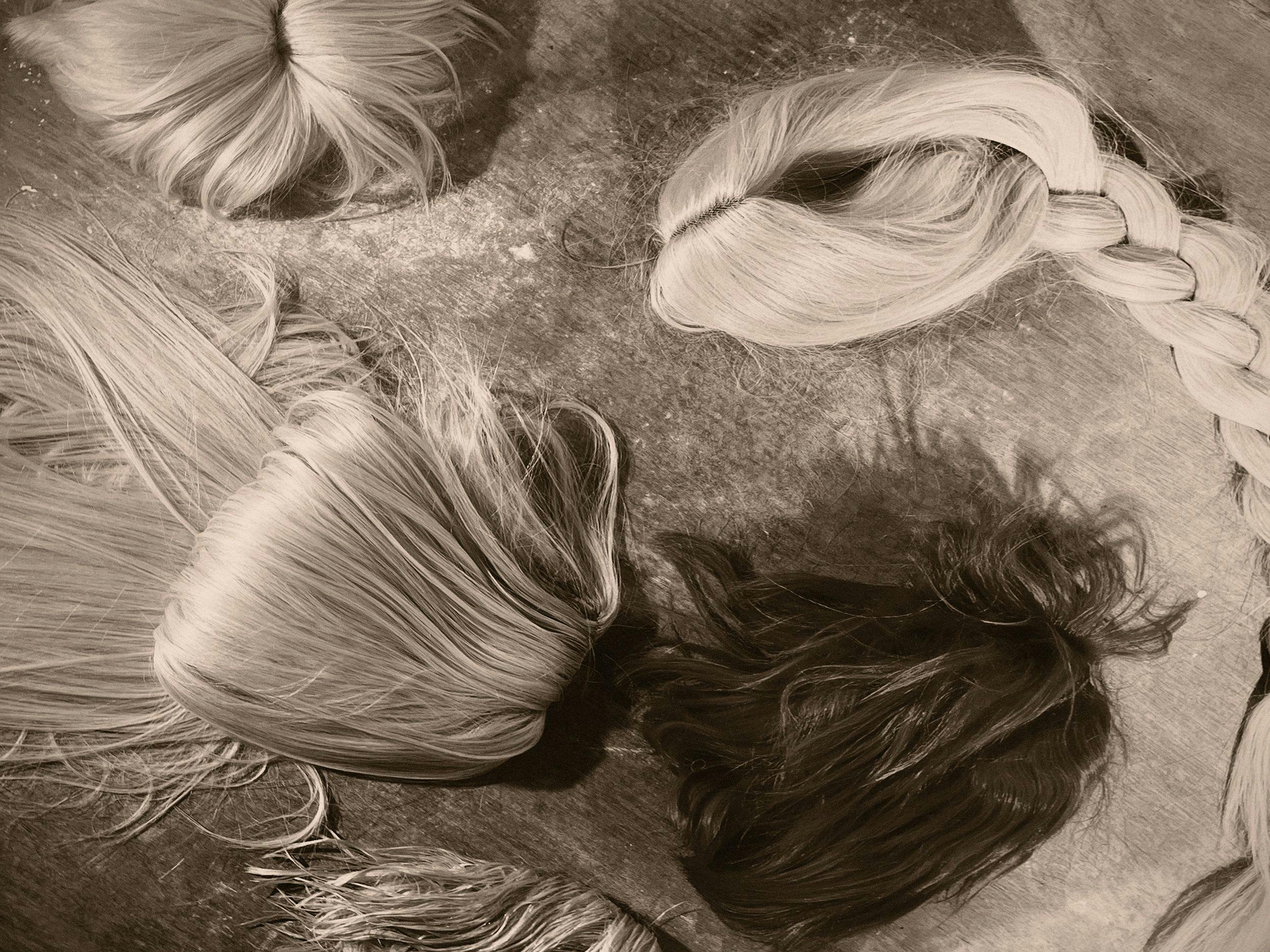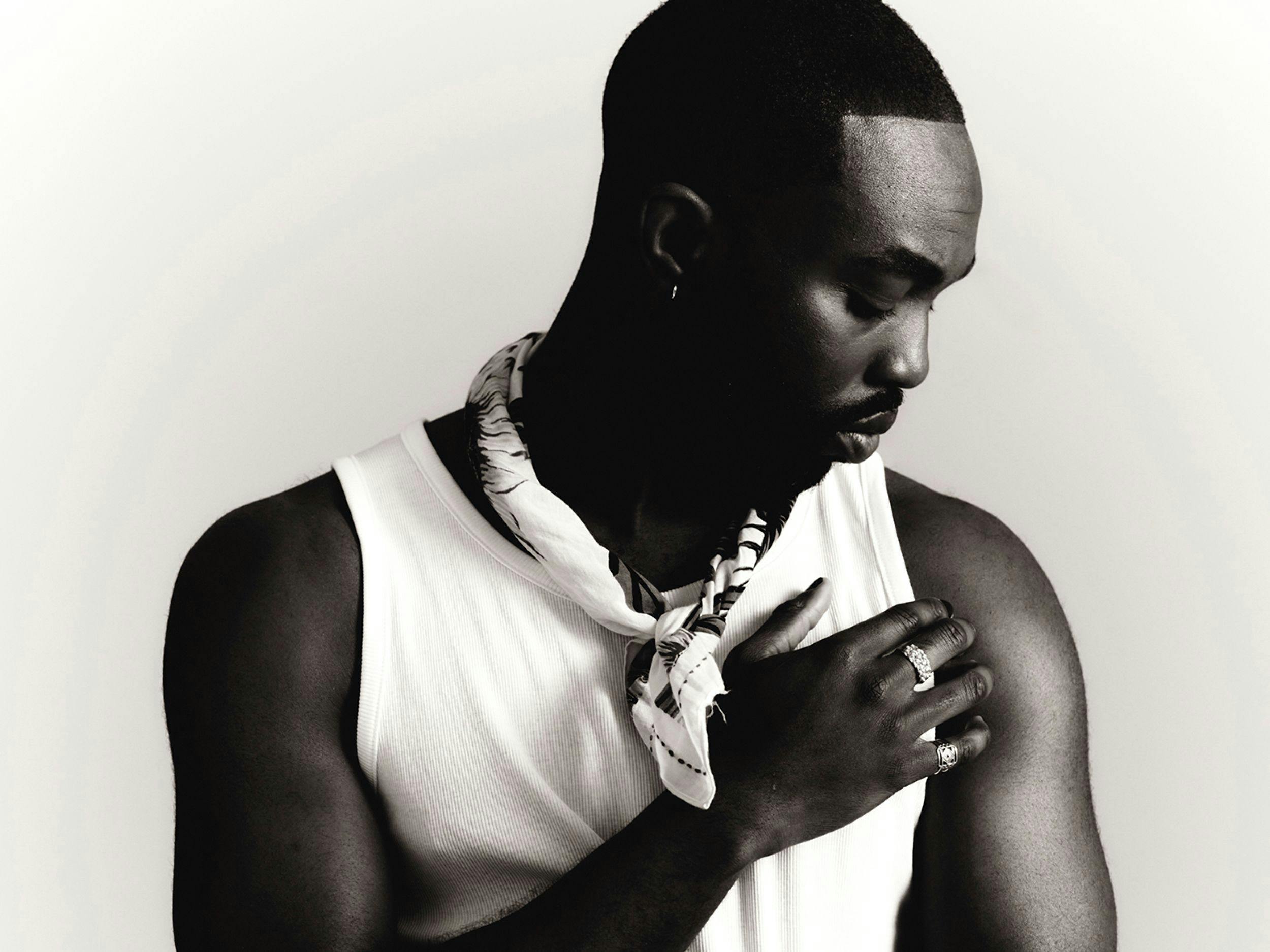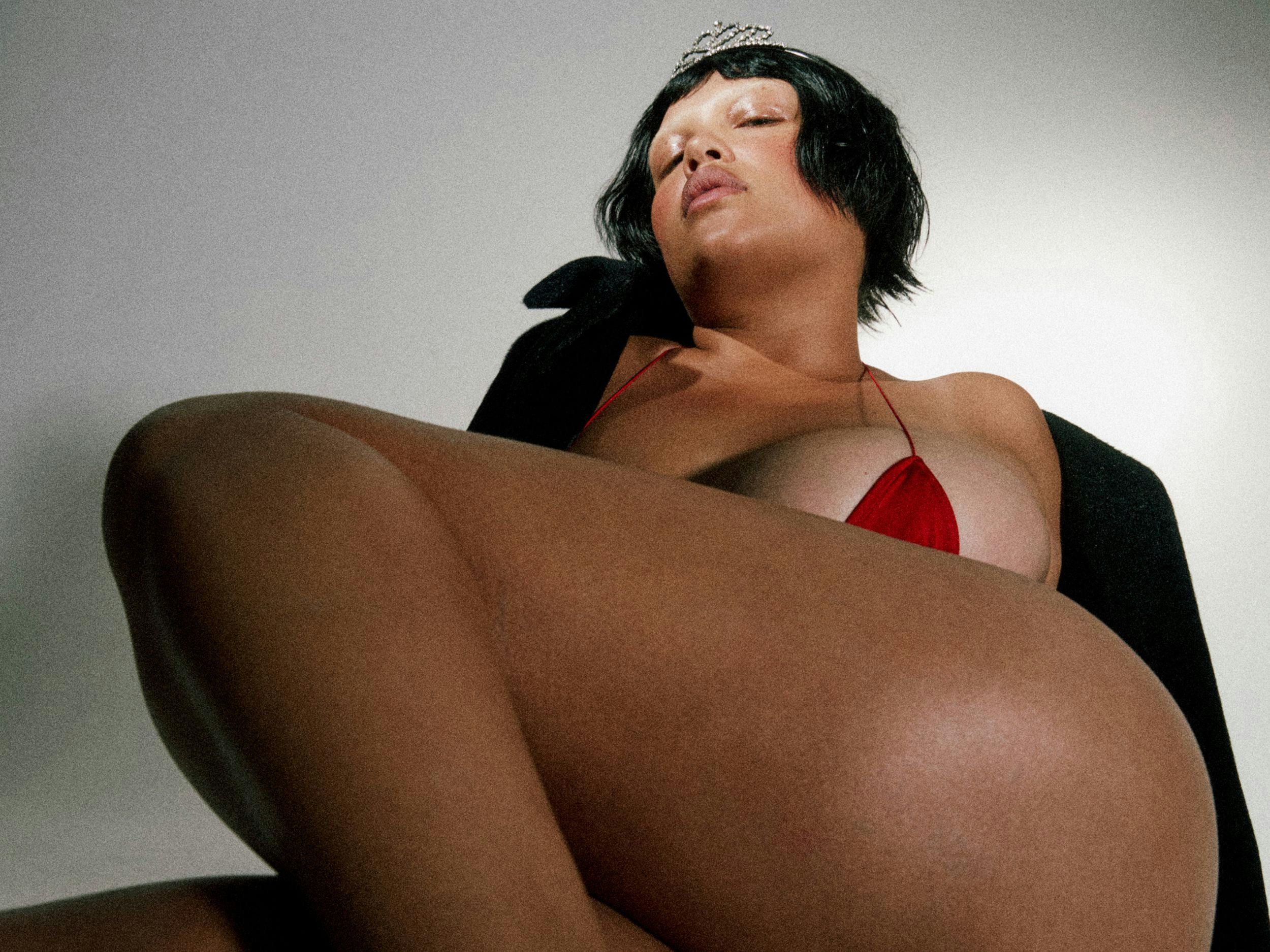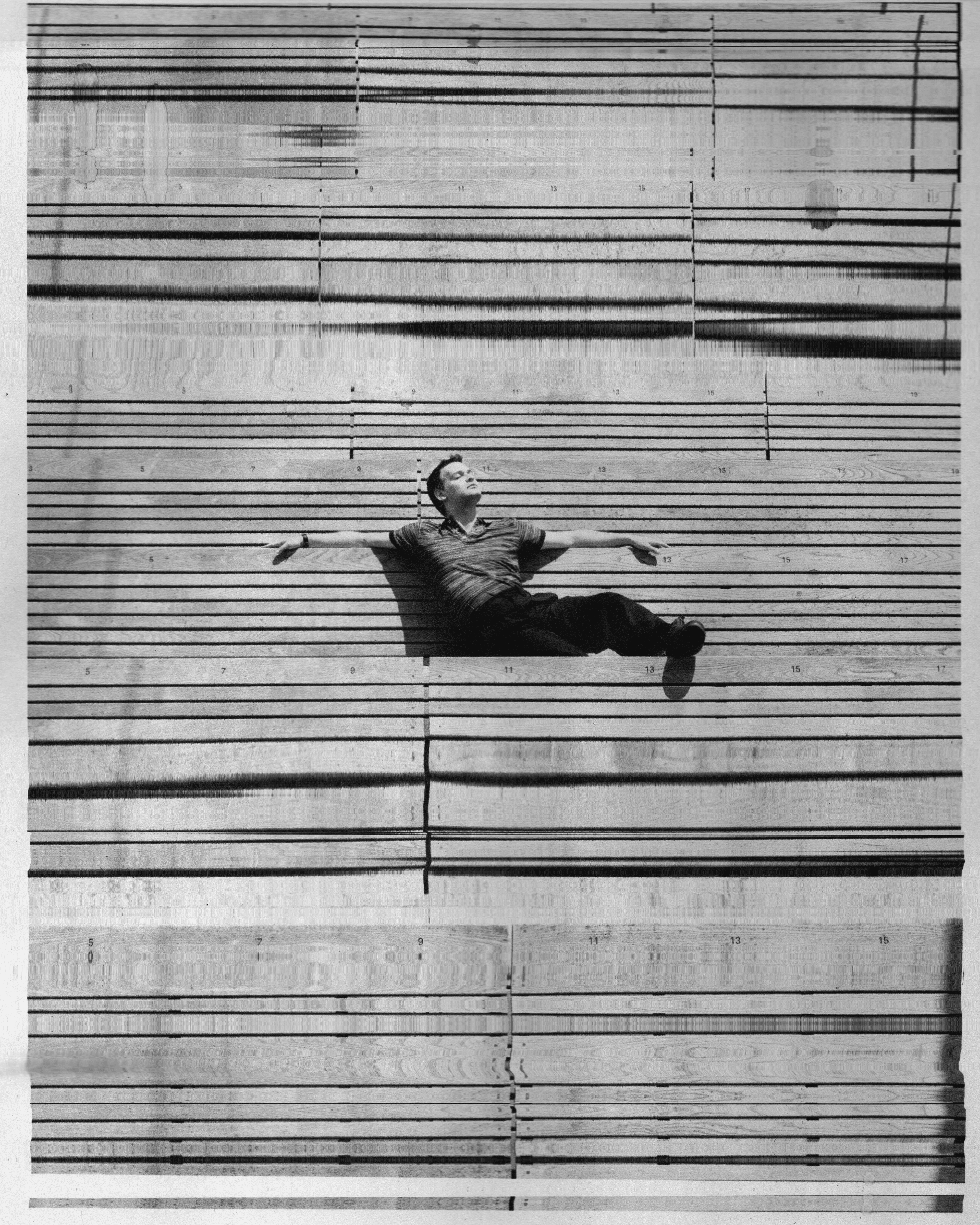
TOP, BOOTS, and WATCH, worn throughout, Winokur’s own. PANTS by Paul Smith.
Zack Winokur Is Building a New Scene in New York
“I think what I crave the most right now is a scene,” Zack Winokur says, sitting by the window of his apartment a few blocks from Little Island, the floating Meatpacking District performance venue he oversees. For two summers, and for $25 or less, the park has jolted New York audiences with its ecstatic and often surprising range of programming, like Kim Burrell doing The Gospel at Colonus or Michael Cerveris singing through a new Twyla Tharp dance piece. Winokur first came to the city at fifteen, briefly dropping out of high school in his native Boston to join Karole Armitage’s dance company. The storied choreographer took him under her wing, introducing him to a world populated by working titans: Jeff Koons, David Salle, and a young countertenor named Anthony Roth Costanzo, who was then executive director of her company. He adds, “I feel like I met New York in this amazing moment when Florent was still open, and people who were not famous painters lived in SoHo. It hadn’t gotten so bad and commercialized.”
As producing artistic director of Little Island, he’s sought to recreate that sense of community, usually by bringing people and ideas together in unexpected ways: Yo-Yo Ma and Susan Sarandon expounding on the importance of the oyster, or his now-close friend Costanzo tearing through most of the roles in The Marriage of Figaro. Scenes like the Judson Dance Theater, the Ballets Russes and Suédois, and the “wild collaborations” of Balanchine and Kirstein that artistically and physically altered the city of New York are north stars for Winokur, who cherishes their sense of “chaos and accident and generosity and expansiveness.”
He eventually finished school back home before returning to New York, this time as a dance student at Juilliard. There, he started creating his own scene and branching out into opera through friendships with fellow students like composer Matthew Aucoin and bass-baritone Davóne Tines. Eventually, they’d go on to form the American Modern Opera Company (AMOC), which also counts on Winokur as artistic director. This summer, as Little Island premiered eight new works on its amphitheater mainstage (plus several others across its smaller venues), AMOC held a two-month festival throughout Lincoln Center. Both featured many of the same players, often teasing them out of their expected boxes, which is a central tenet of Winokur’s practice. Despite the double-dipping of the artistic director title, he doesn’t think it suitably captures what he does (“I’m too hands-on”), and sees himself more as a producer.

TOP, Winokur’s own. PANTS by Paul Smith.
Artistic developer might be a more accurate term. Speaking with Winokur, he brings up many of the same names, not just because they’re ones he is currently working with but because they form a constellation he’s committed to maintaining. He says, “There’s no way to make good work without committing to an enduring relationship with a group of people who you find challenging and interesting, and feel like there’s some sense of home and family.” Little Island feels similar to him, and he points to this magazine’s photoshoot as a perfect example: Costanzo and his Galas costar, downtown legend Carmelita Tropicana, met for the first time, both exaggeratedly bowing to each other until they were lying on their stomachs; Suzan-Lori Parks greets Tropicana while Whitney White gazes in admiration for both. “By the end of that hour, it was like, ‘Let’s all grab dinner before the show next week,’” he says. “The Meatpacking has famously been a scene in various different ways and isn’t anymore. That’s really all I want, to put the right people in the room and to have some sense of community that feels generous. I don’t know how good work is made in any other way.”
Even as he’s leveled up from ingénue to impresario, Winokur has trouble thinking of himself as a mastermind or mentor, even to young practitioners whose careers he’s helped develop, like director Dustin Wills. Their relationship, Winokur says, began when Wills’s Wolf Play both emotionally destroyed him and activated a productive jealousy. He hired Wills to direct last season’s Figaro and, before it even hit the stage, had already asked him to do another show the following year. Commitment trumps certainty for Winokur, who sees most commissions these days as prioritizing “a little bit for a lot of people,” instead of his preference for more for a valued few.
“There’s a lot of investment in making a show rather than making a scene,” he continues. “I care a lot about making good work, so I wouldn’t say that Little Island is just one big experiment, but I’m interested in really big swings and in supporting big ideas by people who I really, really believe in. I’m interested in commitment.”
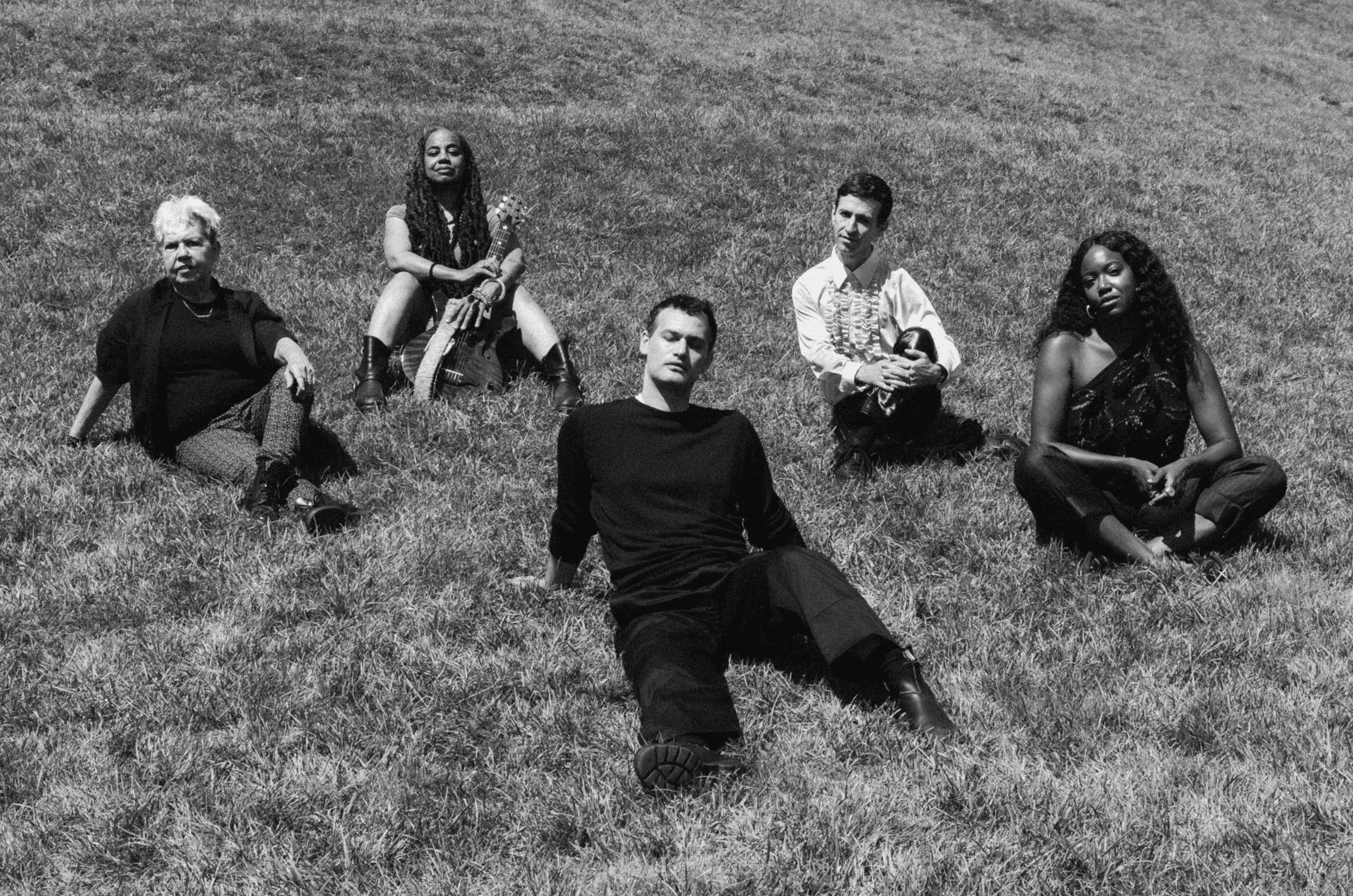
FROM LEFT: Carmelita Tropicana. Suzan-Lori Parks. Winokur wears SWEATER by John Smedley. PANTS by Maison Margiela. Anthony Roth Costanzo. Whitney White.
Winokur is also frightened by what he feels is an aversion to generative conflict among working artists, citing AMOC’s duty to be respectfully but directly critical of each other’s work—all over dinner, with drinks afterwards—as being one of the most fulfilling aspects of his life, and one he’s carrying over into his work at Little Island.
“Misha Chowdhury, Whitney White, Rachel Chavkin, Dustin Wills, Eric Ting: that’s a whole generation of really important theater directors who know each other, and all I hope to do is tie them a little bit more closely, because I think none of us want to be left alone,” Winokur says. “We all want to sharpen, and that only happens if there’s some amount of productive friction and conflict. I think we are in a scary moment where people find that really terrifying, so there’s no discourse and the quality of work gets thinner and thinner. I always just go back to ‘Conflict is not abuse,’ like, we have to be able to do it.”
For artists, I imagine his palpable passion for craft makes for a disarmingly invisible guiding hand. Winokur has an approachable quality that lets you nod along to what he’s saying, even as you’re feverishly composing a “to-research” list in the back of your mind. But his vibe is entirely agreeable, and his vision and optimism for the work he stewards are contagious. The word “like” peppers his speech—an unconscious olive branch for listeners to catch up—and, should he ever go into teaching, he has a gift for not making you feel too stupid. When I ask why Little Island hasn’t forayed into movie screenings, he replies, “I’m not anti-film at all, but because any kind of screen becomes a sail it’s, like, a practical engineering issue?”
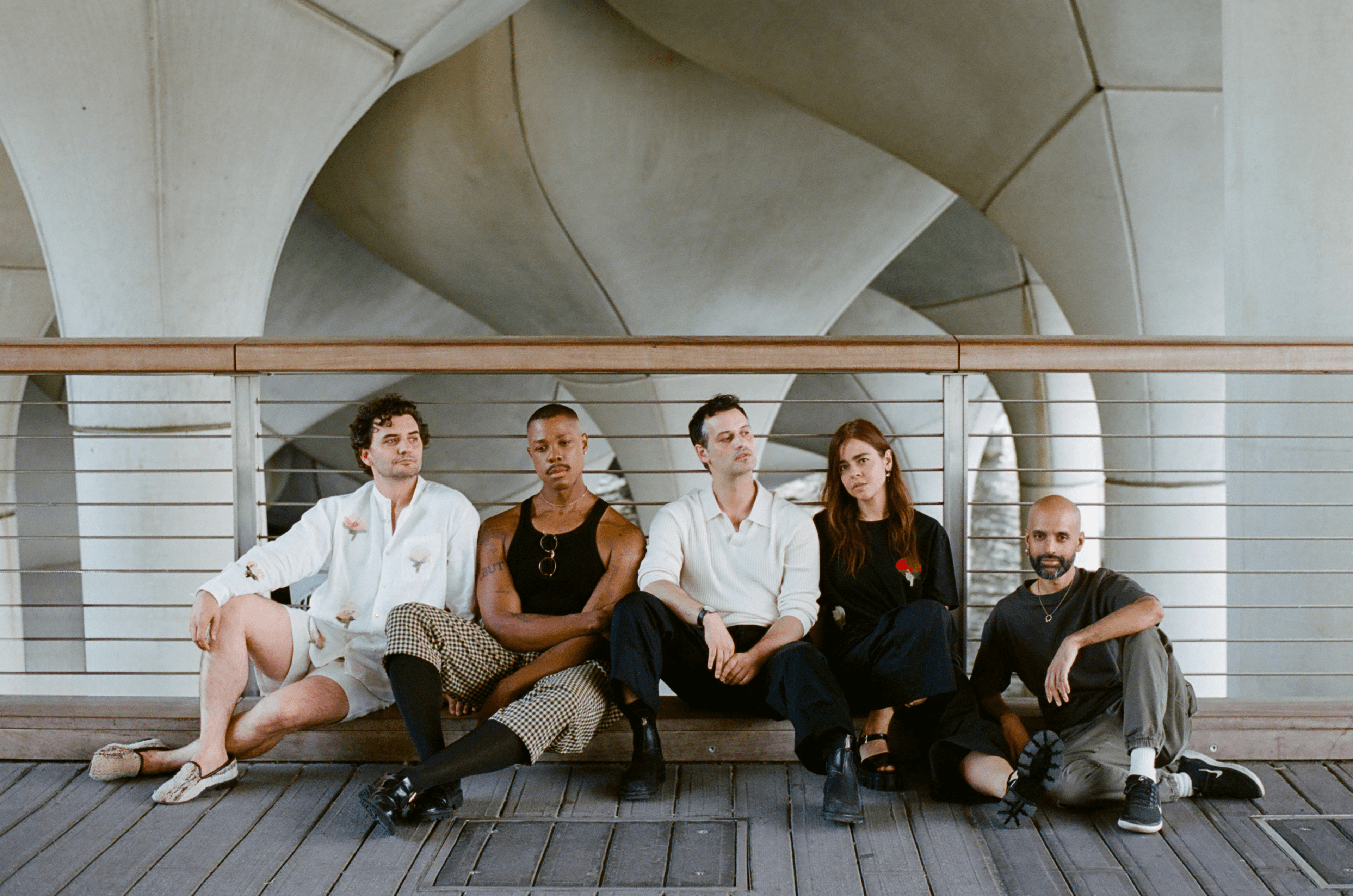
FROM LEFT: Dustin Wills wears SHIRT by Considered Objects. SHORTS and SHOES, Wills’s own. Davóne Tines. Winokur wears SWEATER by Todd Snyder. PANTS by Maison Margiela. Emma Ramos wears T-SHIRT by Considered Objects. PANTS, SHOES, and EARRINGS, Ramos’s own. Misha Chowdhury.
A fashion-oriented show is also on Winokur’s mind, though he’d prefer it to be dreamed up by a designer rather than a theater artist. Lucky for him, he says the fashion figures he’s interested in are secretly theater people, pointing to Jonathan Anderson’s (Juilliard!) costume design education and describing Emily Bode, who outfitted the island’s Figaro, as a narrative storyteller. (Winokur also got Diane von Fürstenberg, one of its primary funders, to dress up Parks’s concert series this year.) Last year’s staged reading of Henry Hoke’s novella Open Throat has left him wanting to explore more “unmitigated adaptations” and the idea of activating the entire island as one canvas drove this season’s Papi Juice parties (“a great medium we desperately need”) and a daylong celebration of Arthur Russell which concluded with a playground DJ set by Laurie Anderson. Classic musical theater is lower on his list, though, unless it’s something that requires taking an old work and “breaking it over our knee to think about it very differently,” like Figaro, or Wills’s updating of The Beggar’s Opera, or the “really interesting moment in America where opera and musicals were sort of indistinguishable from each other,” as in his and Tines’s The Black Clown.
Galas, Charles Ludlam’s Maria Callas camptasia, is now closing out Little Island’s second season. As with each of its mainstage shows, it has sold out its entire run. If the venue was meant to be an experiment, then it has been a successful one, and Winokur is eager to continue stretching its possibilities, even if his particularly exhausting circumstance of producing thirty shows this summer (including the AMOC festival) is one he terms, “not something that will happen again, or should.” But for someone who thrives on the hustle, on and offstage, I ask what peace could possibly look like? He gets a little emotional.
“I am genuinely really happy when I’m in a rehearsal room,” he begins. “So I don’t know that peace will ever happen anywhere, ever again. But there were certain days in the last couple of weeks where I was going between a conference room, where my favorite people are working on a show that is in a couple of months, downstairs to a rehearsal for something coming up at Little Island, go to a Gospel at Colonus tech rehearsal, then bike up Hudson River Park and see my favorite people doing a marathon of Julius Eastman’s pieces across every single building at Lincoln Center. How could I complain? I don’t know if peace is a thing, but happiness is.”
Galas continues through Sunday at Little Island, New York.
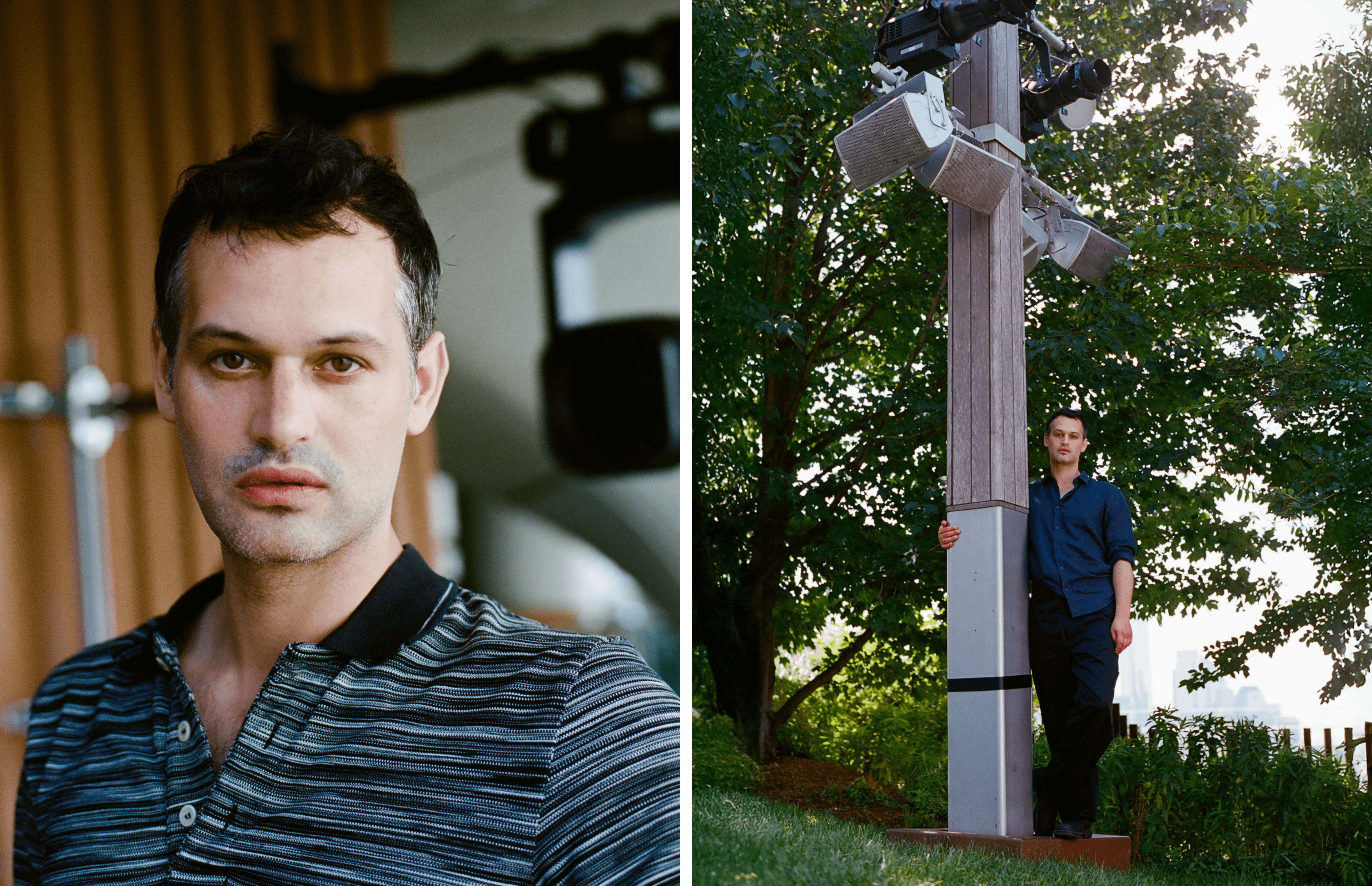
LEFT: TOP, Winokur’s own. RIGHT: SHIRT by Vilebrequin. PANTS by Maison Margiela.
As a nonprofit arts and culture publication dedicated to educating, inspiring, and uplifting creatives, Cero Magazine depends on your donations to create stories like these. Please support our work here.
